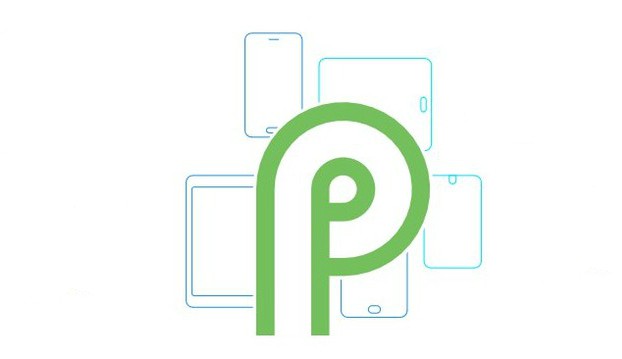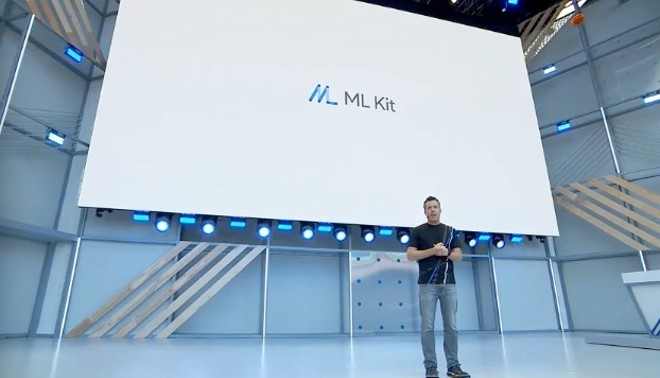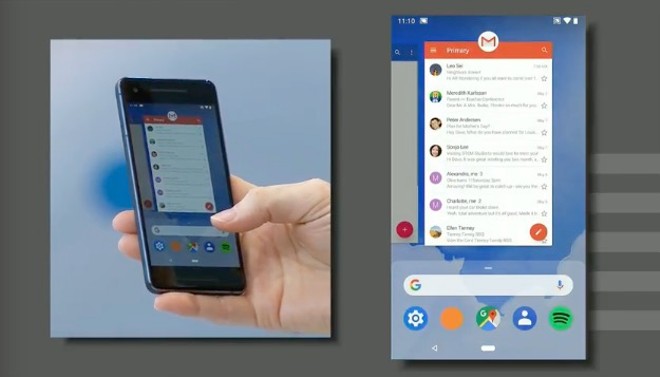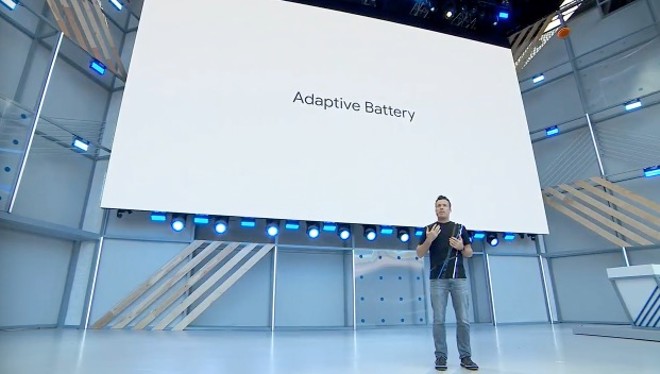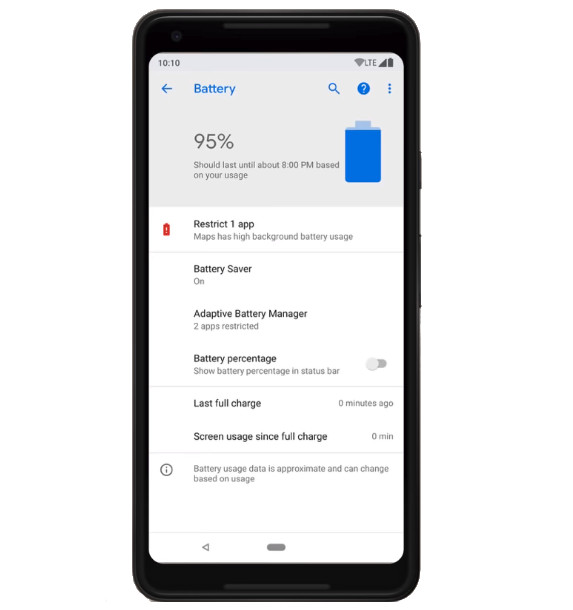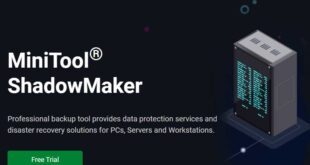Google has officially announced Android P beta at Google I/O 2018, celebrating the first 10 years of the operating system. Android P developer preview was released in March – DP1 with features like Indoor Positioning with Wi-Fi RTT, Display cutout or notch support, Enhanced messaging experience, Multi-camera support, HDR VP9 Video, HEIF image compression and more, now the Android P beta – DP2 brings more new features and support for gestures.
From that moment on one thing was clear: Android P does not present itself as a radically different update from Oreo but uses its bases to propose incremental innovations that improve the user experience, all in the name of simplicity. Moreover, Android P also integrates Dashboard, the new system developed by Google that allows keeping under control the use that we make of our device.
Android P Features
Artificial intelligence
AI-powered App Actions helps how you get to your next task more quickly by predicting what you want to do next. This puts app’s core capabilities in front of users as suggestions to handle their tasks, from key touch-points across the system like the Launcher and Smart Text Selection, Google Play, Google Search app, and the Assistant. For example, when you connect your headphones to your device, Android will surface an action to resume your favorite Spotify playlist.
Actions use machine learning to surface just the right apps to users based on their context or recent interactions. Actions will be available soon for developers to try.
Gestures
Android P finally brings system navigation gestures that can be accessed right from your homescreen. This is useful for taller phones, making one-handed usage comfortable. With a single, clean home button, you can swipe up to see a newly designed Overview, the spot where at a glance you have full-screen previews of your recently used apps. You can tap to jump back into one of them. The new navigation simplifies multitasking and makes discovering related apps much easier.
In the Overview, users have a much larger view of what they were doing when they left each app, making it much easier to see and resume the activity. The Overview also provides access to search, predicted apps, and App Actions, and takes users to All Apps with another swipe.
Smart Text Selection recognizes the meaning of the text you’re selecting and suggests relevant actions, and it now works in Overview, making it easier to perform the action you want.
Quick Settings
Also new in navigation is a redesigned Quick Settings feature, an easier to take screenshots, simplified volume controls, and a simpler way to manage notifications. These new actions are available across the platform that help make the things you do all the time easier than ever.
New Magnifier widget, makes it easier to select text and manipulate the text cursor in text. It also brings Smart Replies to Notifications with an API to let developers provide this optimization to the users.
The scrolling of the Quick Settings can now be done vertically rather than horizontally. Automatic activation of Night Mode in the dedicated toggle. The small buttons for quick selection of the various toggle settings are no longer available with Android P.
Adaptive Battery
The new Adaptive Battery feature limits battery use for apps that you don’t use often based on machine learning with DeepMind that optimizes how apps use battery. It puts running apps into groups with different restrictions using four new “App Standby buckets” ranging from “active” to “rare”. Apps will change buckets over time, and apps not in the “active” bucket will have restrictions in: jobs, alarms, network and high-priority Firebase Cloud Messages.
In addition, Android P also brings machine learning to create Adaptive Brightness, which learns how you like to set the brightness slider given your surroundings, and then adjusts the screen brightness according to your preferences.
Background restrictions
Google already said that Android P will improve Power efficiency, and Doze, App Standby, and Background Limits have been improved to further improve battery life. Now it has made it simple for users to identify and manage apps that are using battery in the background. With Android Vitals, Android can detect battery-draining app behaviors such as excessive wake locks and others. Now in Android P, Battery Settings lists such apps and lets users restrict their background activities with a single tap.
When an app is restricted, its background jobs, alarms, services, and network access are affected. To stay off of the list, pay attention to your Android Vitals dashboard in the Play Console, which can help you understand performance and battery issues.
Slices
Slices brings a new way for apps to provide remote content to users. This can surface rich, templated UI in places like Google Search and Assistant. These are also interactive with support for actions, toggles, sliders, scrolling content, and more.
If you search for “Lyft” in Google Search, you can see an interactive Slice that gives you the price and time for a trip to work, and it’s interactive so you can quickly order the ride.
This is part for Android Jetpack, new set of libraries and tools for building apps. Through Jetpack, Slices implementation can target users all the way back to Kitkat — across 95% of active Android devices.
Android P Beta Download
Google has officialized Android P Beta on the stage of the Google I/O 2018, and it will be possible to try Android P beta not only on Pixel, Pixel 2, Pixel XL and Pixel 2 XL smartphones, but also on those of 7 other brands: Nokia, Vivo, OnePlus, Xiaomi, Sony, Essential and Oppo.
At this address, you can find the list of compatible smartphones at the moment. Android P Beta is now available for Google Pixel devices, as well as Essential PH-1, Nokia 7 Plus, OnePlus 6, Oppo R15 Pro, Sony Xperia XZ2, Vivo X21, Vivo X21 UD, and Xiaomi Mi Mix 2S. Users of these devices will need to enrol in the Android Beta program, and will then receive the build via OTA in roughly 24 hours.
 Technology News, Reviews and Buying Guides review, monitor review, tablet review, laptop review, mobile review, smartphone review, buying guide,
Technology News, Reviews and Buying Guides review, monitor review, tablet review, laptop review, mobile review, smartphone review, buying guide,
